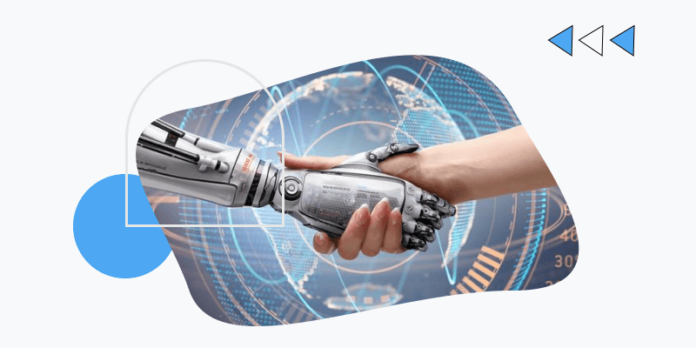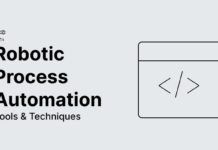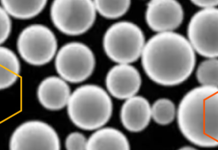It really is no secret that robots have been taking over many industries and companies. It was first introduced in the US in 1960 and since then has only continued to grow. With the passage of time, people and companies have started to rely on robots. This widespread use of robots and machines hint at a bright future ahead for artificial intelligence. With every new day comes the addition of robots and machines in everyday workplaces.
Like with every new technology, the idea of robots taking over is as exciting as it is frightening. Is it truly possible that there could be a time when we would no longer need managers? When would a robot be able to have the same decision-making skills as a human manager? Whether that is possible or not is still a mystery we are trying to solve, but there are no doubts about the benefits robots have brought to workplaces so far.
Some of the common advantages of this widespread use of machines in workplaces include:
Cost-Effective
At first, machines or robots might seem like an expensive investment. Though with time, it proves itself worthy of it. Once the investment cost has been recovered, the output can be increased at cheap costs. This results in higher long-term earnings for the company. If these machines are well maintained, they can end up lasting for a very long period of time.
Not only are machines cost-effective in terms of labor, but also when it comes to materials. Due to their accuracy and precision, they waste fewer materials. This ends up saving companies money in the long run. While a company might have to pay money monthly to human labor, machines are only a one-time valuable investment. Most of these machines end up lasting for multiple years.
Productivity
A human cannot compare their skills with a robot no matter how strong or fast they are. This is because at the end of the day the human brain is bound to get tired if used continuously. However, that is not the case with machines or robots. Machines are not capable of getting tired and can work all day and night. There is also a risk of errors if the person working on a task is tired. Though machines are never tired and are programmed to perform tasks, they can work without errors.
It is not possible for humans to become faster than what their body allows. There are certain limitations to the human body. Such limitations do not exist in machines and so they can be as strong or fast as we want them to be. All of this results in a higher productivity rate amongst companies.
Efficiency and precision
Unlike humans, machines do not have to worry about trembling hands or poor eyesight affecting their work. They are much more precise and can come in all shapes and sizes suitable for their task. Multiple machines can work together efficiently to save time. They would not require any breaks and are far more reliable than human labor. Some machines are even programmed to record their mistakes to learn from them or improve.
As machines are customized specifically for these tasks, they are able to provide a level of accuracy not achievable by humans. This creates an overall smoother flow of work at companies or industries. For example, a machine specially designed for looping threads through a needle such as an automatic needle threader will be much faster than a human.
Consistency
The constant smooth workflow also adds to a consistent work environment. Machines do not cause any delay and are able to work in continuous harmony. They are also able to multitask and are never dependent on another individual. Since machines are not prone to errors, they are able to work consistently. This helps provide consumers with constant good quality products in a consistent manner. Similar to how powder filling machines are able to consistently work throughout the day in a precise manner no matter how repetitive the task might seem to a person.
Safety
Machines are not only used because of their productivity but also because of the situations that they can handle. They can be used in dangerous environments without having to compromise the safety of a person. These dangerous situations can consist of extreme weather conditions such as heat or wind. Other hazardous conditions can consist of tight spaces or toxic chemicals. For example, machines are being used more in chemical industries. This reduces the worry of human labor having to deal with chemical spills.
Robots and machines do not have the privilege to be able to say no to tasks. This allows us to be able to send machines in situations where we cannot send humans. They are also able to carry heavy loads without having to injure themselves. There’s also a risk of humans being involved in accidents while working which could harm their health. By using machines in workplaces, we are able to create a safer environment for the employees. Employees will no longer have to perform dangerous tasks or tire themselves out. This can result in employees becoming more satisfied and happy too.
Conclusion
It is obvious that the usage of machines and robots are opening new possibilities in the industry. At the end of the day, any new change can be scary. There are many worried about how this will affect employment. They believe that the replacement of human labor with machines might result in a decrease in the employment rate. While this is a valid concern, we must acknowledge its numerous advantages. It might also bring in new jobs as people will be needed for the maintenance of machines. So while some jobs might be taken, many more job opportunities might open.
However, we will not know until we do not give it a try. There is no doubt that an innovative future lies ahead of us.








